QQ-Sports > Football > In-depth丨Club World Cup tells us: Can Messi still bear the 2026 World Cup?
In-depth丨Club World Cup tells us: Can Messi still bear the 2026 World Cup?
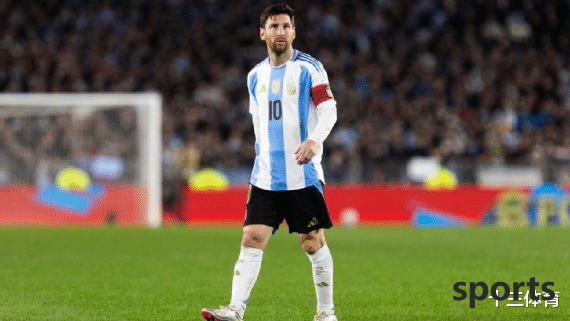
As Messi's legendary career gradually comes to an end, a key question arises: Can he still lead Argentina to win the championship again?
Messi, 38, is still playing in Miami International in the FA League and still shows his superb skills. However, the MLS's game intensity and technical and tactical level cannot be compared with the national team competition. This is why the FIFA Club World Cup has become particularly important: This event gives Miami a chance to face elite opponents from Europe and South America, providing a window to observe Messi's performance at a high level of defense and revealing his potential position in next year's World Cup.
How Miami manages Messi
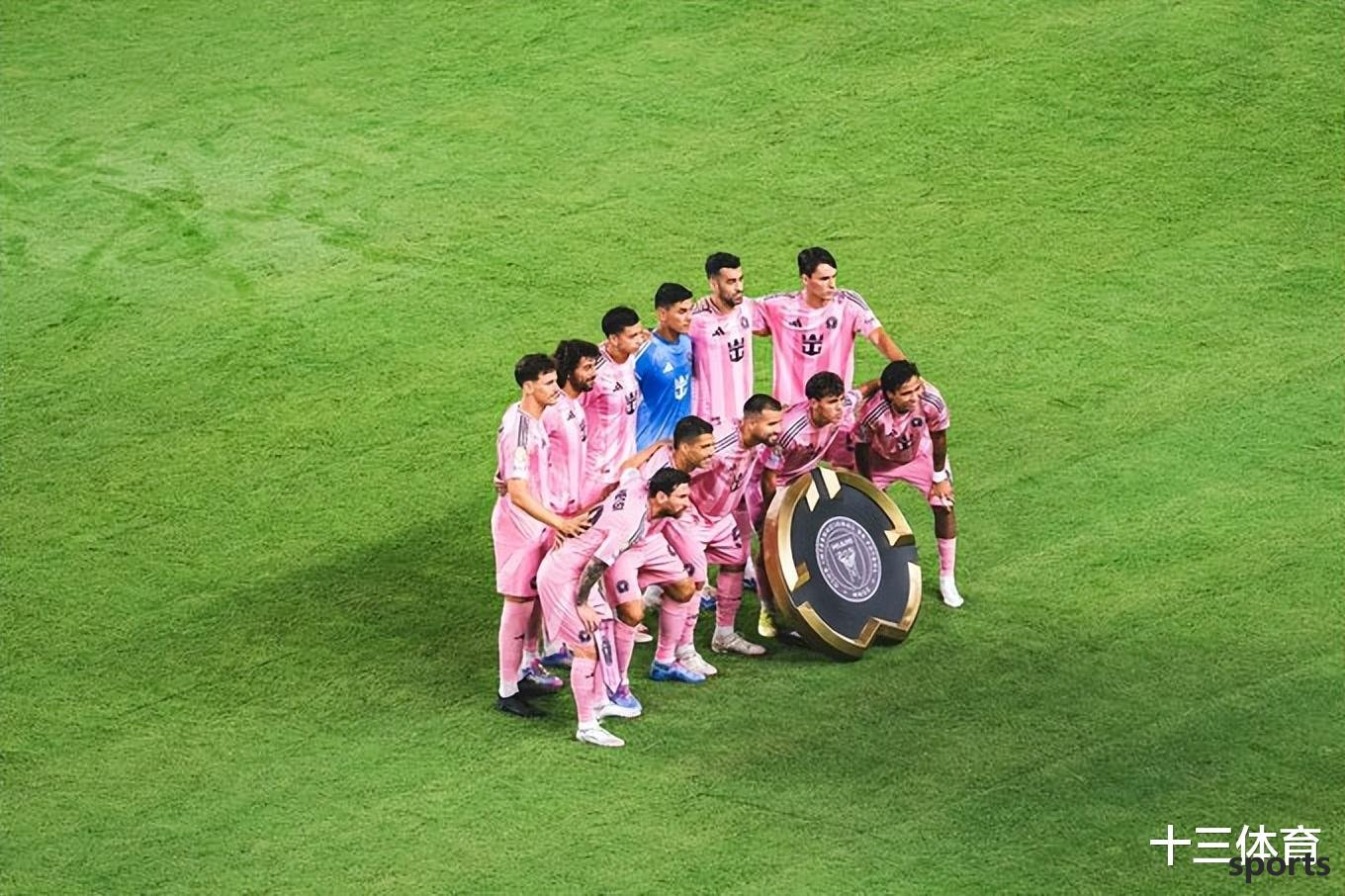
On October 16, 2004, Messi made his first appearance for Barcelona. A few months later, he received an assist from Ronaldinho, scoring his first goal of his senior team, becoming the youngest goal scorer in club history at that time. Since then, the Argentine striker has broken several important records, set new benchmarks and redefined football.
Messi first shocked the world when he played against Espanyol in 2007, when he got the ball in his own half, then dribbled through several defensive players and scored into the penalty area. As an explosive left-foot right winger, he broke through the middle and created opportunities that others seemed impossible to achieve, which exceeded people's expectations.
Former Barcelona head coach Guardiola redefined the meaning and role of the traditional striker, turning Messi into the "pseudo-Nine" and tapping his potential so that he can defeat almost any opponent. Messi's physical fitness, coupled with his unique vision of the game, has quickly become one of the greatest players in football history.
Messi's outstanding performance at Barcelona did not immediately translate into the success of the Argentina national team, because it was difficult for the coaches to fully utilize Messi's talent. But everything changed under head coach Lionel Scaloni. The Argentine national team no longer relies on the captain to take care of everything, but has established a support system that allows Messi to shine on the offensive end.
Now, at the age of 38, he has matured his way of playing football and his ability to influence the game still exists.
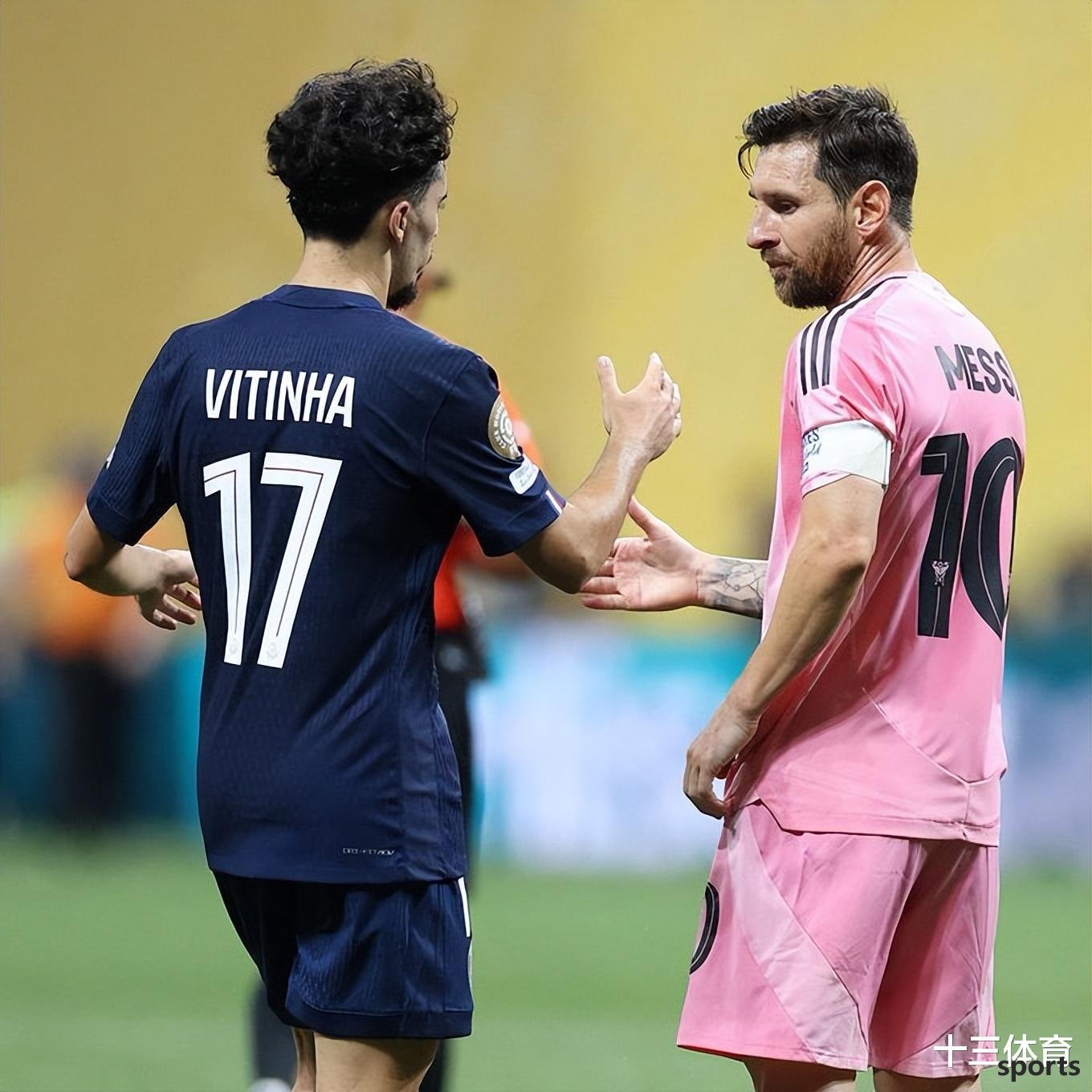
At Miami International, the club constantly explores how to fully utilize Messi's talent while not allowing his body to bear any physical load. The Major League Soccer schedule lasts from February to December, including 34 regular season games, and if the team advances to the finals, there will be more than a month of playoffs. This year, Miami International and Messi also participated in the Central and North American and Caribbean Champions League, FIFA Club World Cup, and will participate in the upcoming League Cup, which will start at the end of July.
Although Messi's current club games are mostly played in the Major League Soccer (MLS), where he usually bears less pressure and intensity, the Club World Cup makes his game clearer. Facing teams like defending champions Paris Saint-Germain (and formerly Porto and Palmeiras), Messi was able to test his strength with his opponents, just like the opponent he met in the World Cup knockout stage.
Miami International head coach Javier Mascherano closely monitors Messi's game time and will give him a rest in some low-risk games in the MLS regular season. Messi has also personally adjusted his game style to maximize his influence on the court and retain enough physical strength to shine when needed.
The changes behind technical data
Messi's technology has not changed, but the way he uses his own advantages has changed. Now, he relies more on accurate game interpretation, thus delivering accurate assists and finding the ability to score in a spare time. Although Messi's speed of breaking through the defense and entering the opponent's penalty area may slow down, his efficiency remains unabated.
Statistically speaking, Messi's transformation is easy to track - the Major League Soccer defense level is below average, which gives him a lot of freedom.
In the Club World Cup, he averaged 5.5 meters per dribbling, which is lower than 6.1 meters in the Major League Soccer (MLS) game. The 5.5-meter data is basically consistent with Messi's performance in the last few seasons of the European arena (5.2 meters when he played for Paris Saint-Germain in 2022-23 and 5.7 meters when he played for Barcelona in 2020-21), while the 6.1-meter data reminds Messi's influence at his peak, when he averaged 6.2 meters per dribbling in 2011-12.
His number of attempts every 90 minutes also showed a similar pattern. He averaged 4.5 attempts per game in this Club World Cup, a sharp drop from 9.1 attempts at the peak of the 2011-12 season, but he averaged 7.99 attempts per game in the MLS game, which shows that the league opponents provided him with the opportunity to control the ball under his feet. When faced with more intense competition, we can see him clearly shifting from dribbling to efficient running and organizing offense.
At the same time, his number of passes in the third zone per 90 minutes dropped from 35.6 times when he played for Barcelona in 2011-12 to 13.0 times in the Club World Cup. This is not because his participation has decreased, but because his offensive method is more selective and more accurate. By 2025, his number in domestic competitions will rise to 24.3 times.
Messi may no longer dominate with continuous action, but his ability to choose the right time and make the right decision remains, and can still play a decisive role in a high-level opponent.
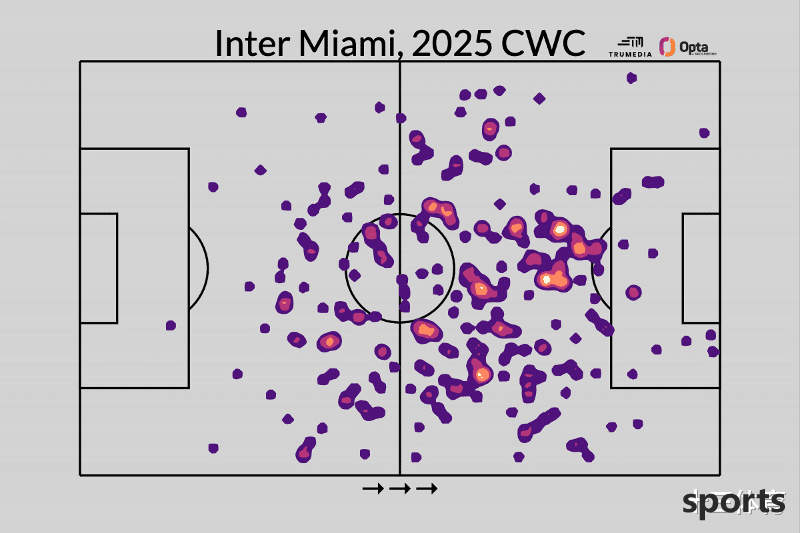
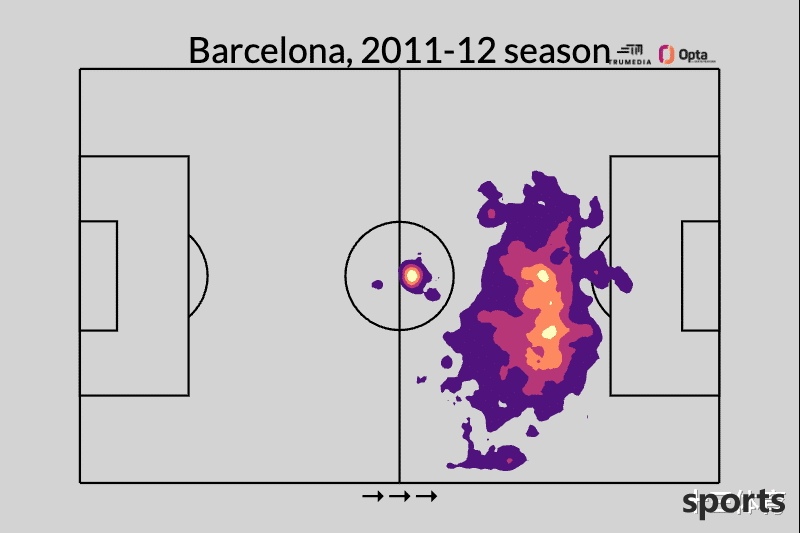
Messi will feel pain or muscle tension when adjusting the rhythm of the game, but he still maintains a calm judgment of his left foot. In the second game against Porto in the Club World Cup group stage, Mascherano admitted that he felt uncomfortable throughout the game, but insisted on staying on the field to play..
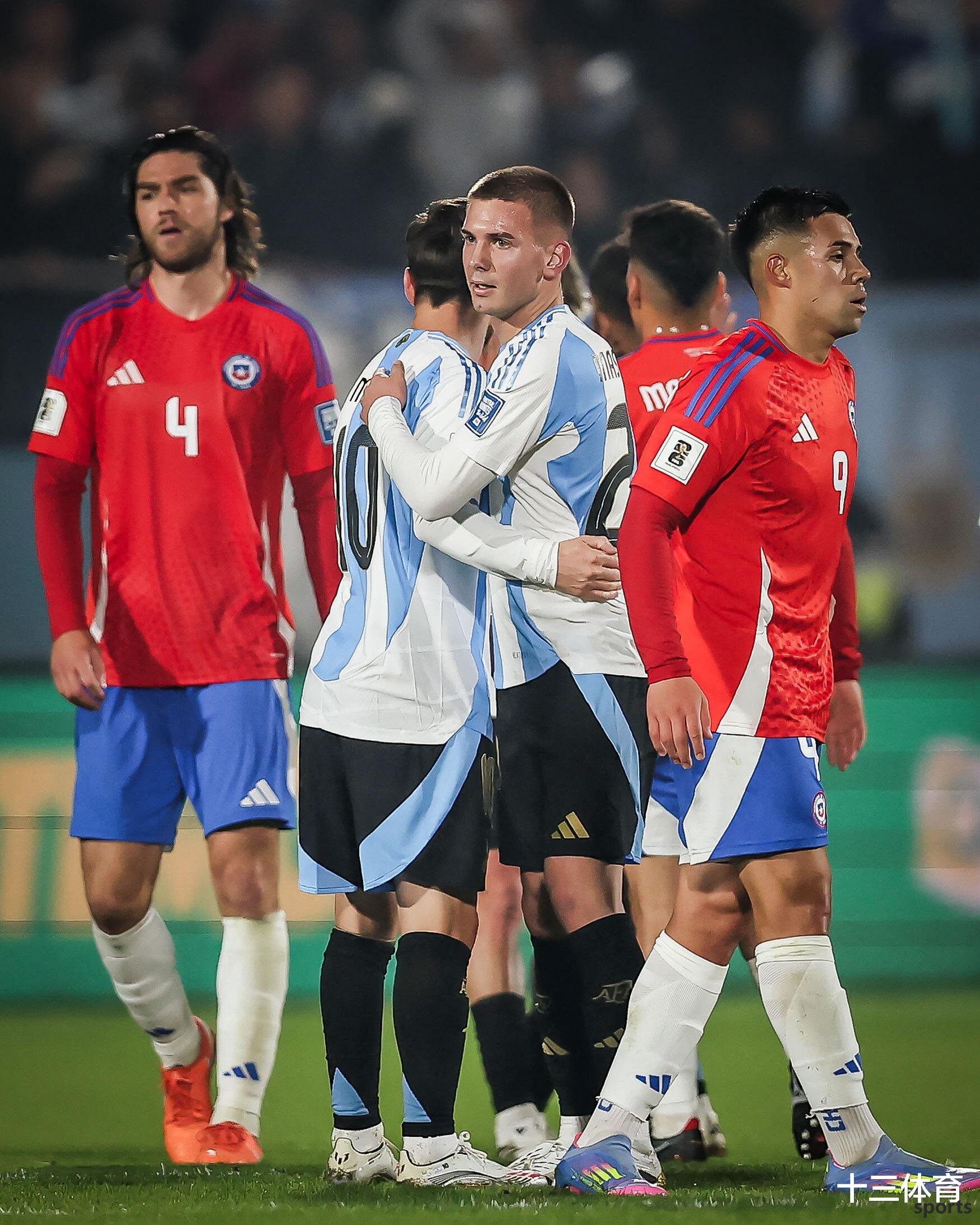
Scaloni has a chance to try to arrange the team without Messi. The first choice is to let Alvarez and Martinez partner, and Alvarez replace Messi's position, which is also the blueprint for Argentina's 3-0 victory over Chile in September last year. Recently, Scaloni let Alvarez as center, while Thiago Almada cut from the left to serve as the core of the organization.
In March, this was how Argentina defeated Uruguay away, and then staged another exciting game, sweeping Brazil 4-1. For this team, achieving such a good result without Messi will not reduce their respect for Messi at all, but will instead be a huge psychological encouragement.
Messi seems to be satisfied with this state too. In June, he came off the bench in a away challenge to Chile and was replaced in the second half of his home match against Colombia, and soon after he was replaced, Almada scored the equalizer goal.
Conclusion
Even if Messi returns, his role is more inclined to be substitute or on-field commander. He himself seemed to have accepted this - because his teammates have grown up and no longer rely on him to carry the entire team alone.
It is this trust and change that makes him more likely to appear in the 2026 arena and usher in the final chapter of his World Cup journey.
Related Posts
Rooney: Arsenal are strong enough now. If they fail to win the championship, Arteta may sack him.
FootballHupu News on October 28 Recently, Rooney talked about Arsenal's championship prospects in a BBC podcast. Rooney said: "Arsenal has an excellent lineup and excellent players. Arteta has been waiting for opportunities and has been infinitely...
【Football】
morePedula: Spalletti is willing to coach Juventus, the club has not considered other candidates
FootballHupu, October 28th, famous Italian journalist Pedula reported the latest information on Juventus’ coaching selection. Yesterday afternoon, the club contacted Spalletti and the two parties are advancing a short-term contract plus contract extension o...
【Football】
more[Opinion] If you don’t treat people as human beings, the Agnelli family’s retribution is not over yet
FootballText/Chao Lizhi Juventus has done the only thing worthy of positive evaluation, but it is certainly not a glorious good thing-quickly fry Tudor. When you know that the egg is rotten, there is really no need to taste it a few more times to confirm. J...
【Football】
more
Hot Posts
- Every body: Barcelona’s injury alert remains serious, with 13 injuries already occurring this season
- La Liga latest points report: Real Madrid surpassed Barcelona, Girona won the first victory, Biba won 2-1
- Choi Kang-hee s agent showed up, and she left without giving a high salary. The contract renewal was deadlocked
- Pozeko: Coaching Italy is the best moment in life. No one loves my player more than me
- Trezeguet: Juventus is my life. After being relegated, Juventus allowed me to leave but I didn t leave
- In the Ligue 1 League, Lons vs. Brest, Lons is worried at home, does Brest score away?
- Weekly salary is about 300,000 pounds! British media: Manchester City hopes that the club that rents Gralish will fully bear the salary
- Wang Dalei made a fuss over Wei Shihao and was sent off by the Thai referee, which became the turning point of the game!
- Alonso ordered! Real Madrid plans to sign Manchester City s cornerstone with 100 million euros!
- Alonso s iron-blooded wrist! 6 Ultimatum players, genius and meritorious players can sit on the bench, Real Madrid has changed its days
Recent Posts
-
Liverpool official commemorates the 40th anniversary of the Heisel tragedy, remembering 39 fans who died
-
The World Cup is in sight! Norway wins 13 goals in the first round, and 300 million Gemini stars 4 goals and 5 assists
-
Before the end of the Serie A game! Naples internal strife was exposed: Conte was helpless, Inter Milan was expected to win the championship
-
Zhan Jun: Arsenal s attack was a pity to encounter Donnarumma, and the Gunners could only throw a single bet in the second half
-
Teng Shuai signs again❗Romano: Pharmaceutical factory signs Manchester City young player HWG with 5 million pounds, Manchester City retains 40% of the score
-
Brother Long missed the chance to get off the ball! Penalties and defense are problems! Fans: Not Mbappe Real Madrid is like a relegation team
-
Atletico Madrid official: Former Barcelona football director Alemani serves as the club s men s football general manager
-
U21 European Cup 1/4 match: Western and British match & Germany and Italy battle, Portuguese-Holland confrontation & France vs Denmark
-
Paris defeated Inter Milan 5-0! The first Champions League championship was won, and five incredibles were produced, and the new king was crowned
-
One game 2-1! Let Real Madrid retain hope for the championship: Barcelona faces strong opponents in the last three games, score 2 points = win the championship